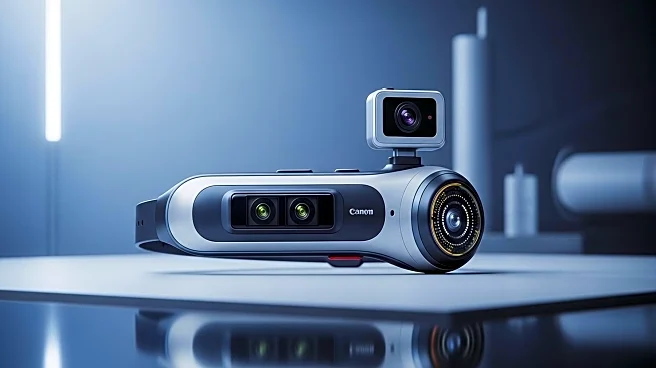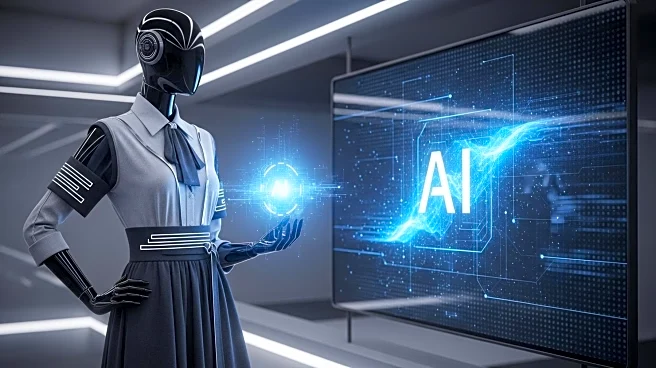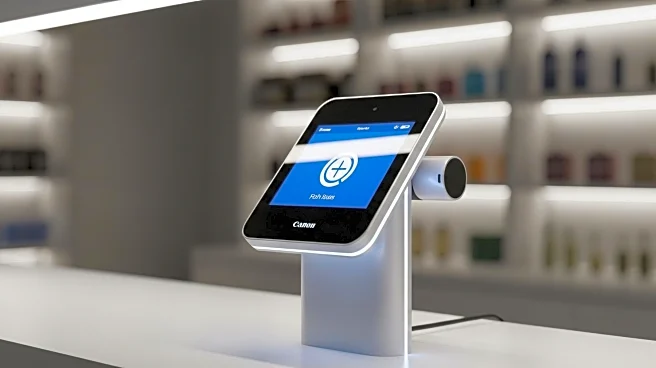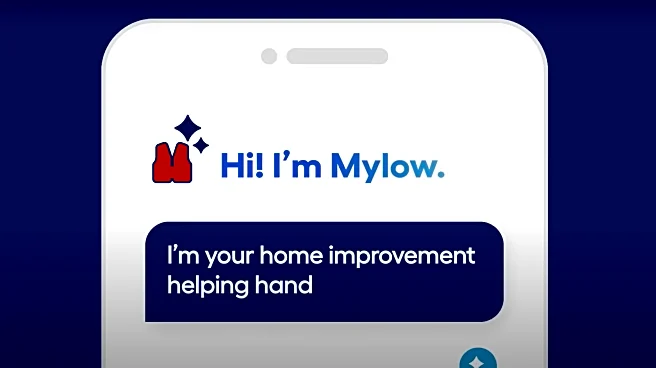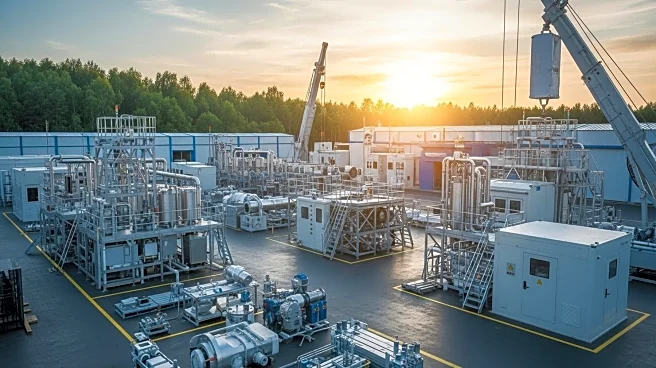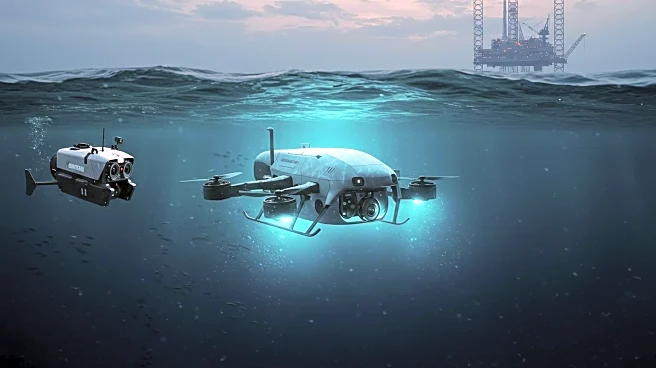What's Happening?
Tricon Wear Solutions has announced a strategic partnership with WearVue to introduce the world's first visual wear monitoring system to U.S. heavy industry. This collaboration aims to enhance safety, efficiency, and predictive maintenance by integrating WearVue's patented visual indicators into Tricon's Tri-Braze fabrications and liner packages. Tricon, known for its durable steel solutions, has been a trusted partner in industries such as mining, aggregates, pulp & paper, and metal handling for over 55 years. WearVue, founded by mining veterans Glenn Brearey and Mathew Rigby, offers a system that uses intuitive green-yellow-red indicators to reduce manual inspections in hazardous zones, allowing operators to assess wear conditions from a safe distance.
Why It's Important?
The partnership between Tricon and WearVue is significant as it addresses the critical need for innovation in severe-duty wear management. By making wear conditions visible and predictable, the collaboration aims to improve safety and efficiency in industries that face harsh wear conditions. This development could lead to reduced risks and extended asset life, benefiting industrial operators by minimizing downtime and maintenance costs. The integration of WearVue's technology into Tricon's products represents a shift towards more proactive and safer industrial practices, potentially setting a new standard in wear management.
What's Next?
The initial focus of the partnership will be on integrating WearVue's visual indicators into Tricon's existing product lines. As the collaboration progresses, it is expected that more industries will adopt this innovative approach to wear management. Stakeholders in heavy industry may respond positively to the enhanced safety and efficiency offered by the new system, potentially leading to wider adoption and further technological advancements in wear monitoring.
Beyond the Headlines
This partnership could have broader implications for the industrial sector, including potential shifts in regulatory standards for safety and maintenance practices. The ability to visually monitor wear conditions may lead to new industry benchmarks and influence future technological developments in wear management systems. Additionally, the collaboration highlights the importance of strategic partnerships in driving innovation and addressing longstanding challenges in heavy industry.
